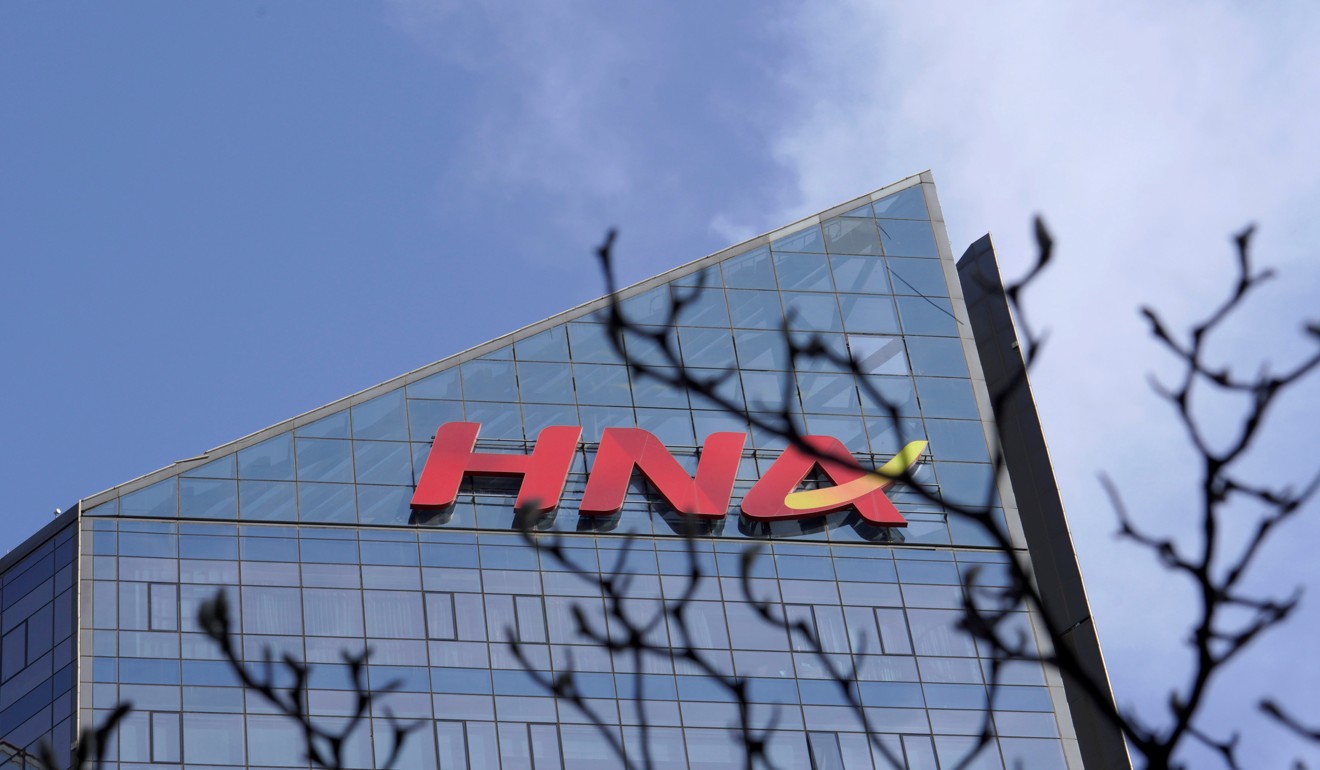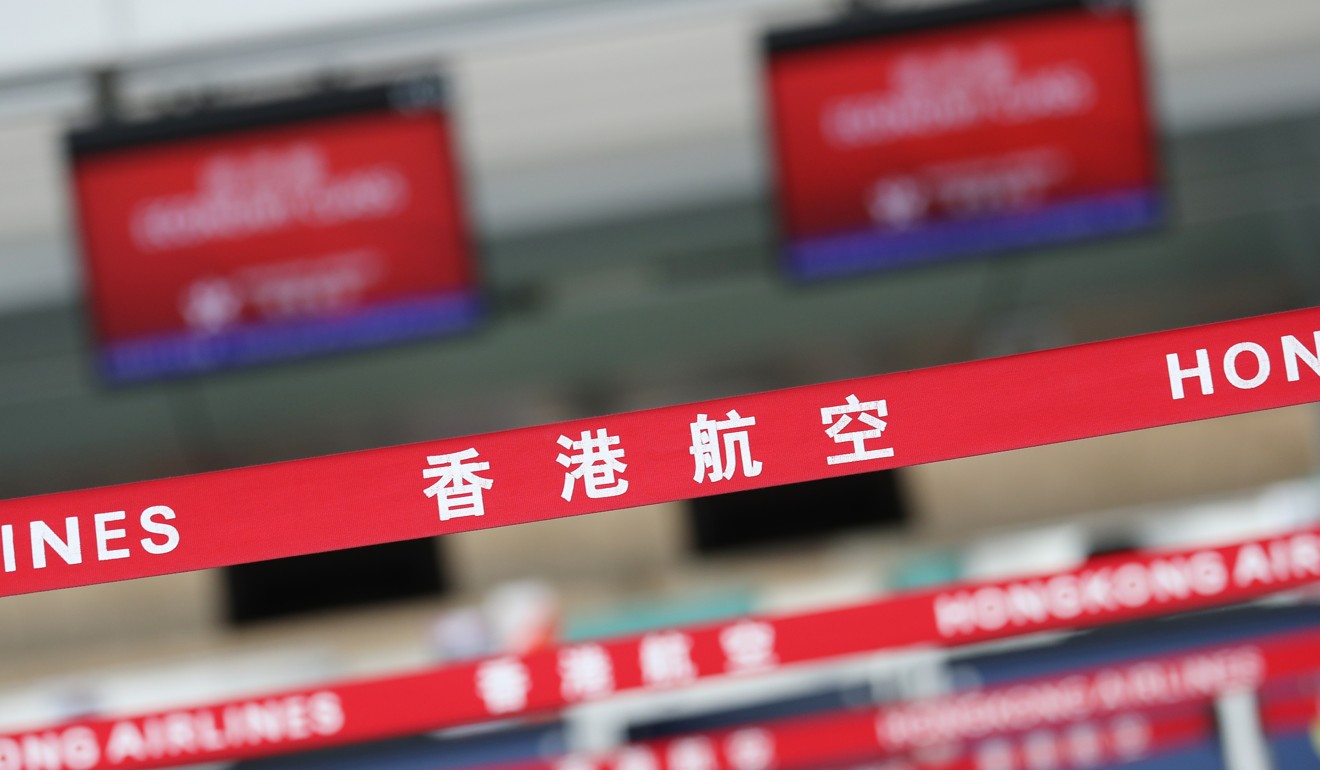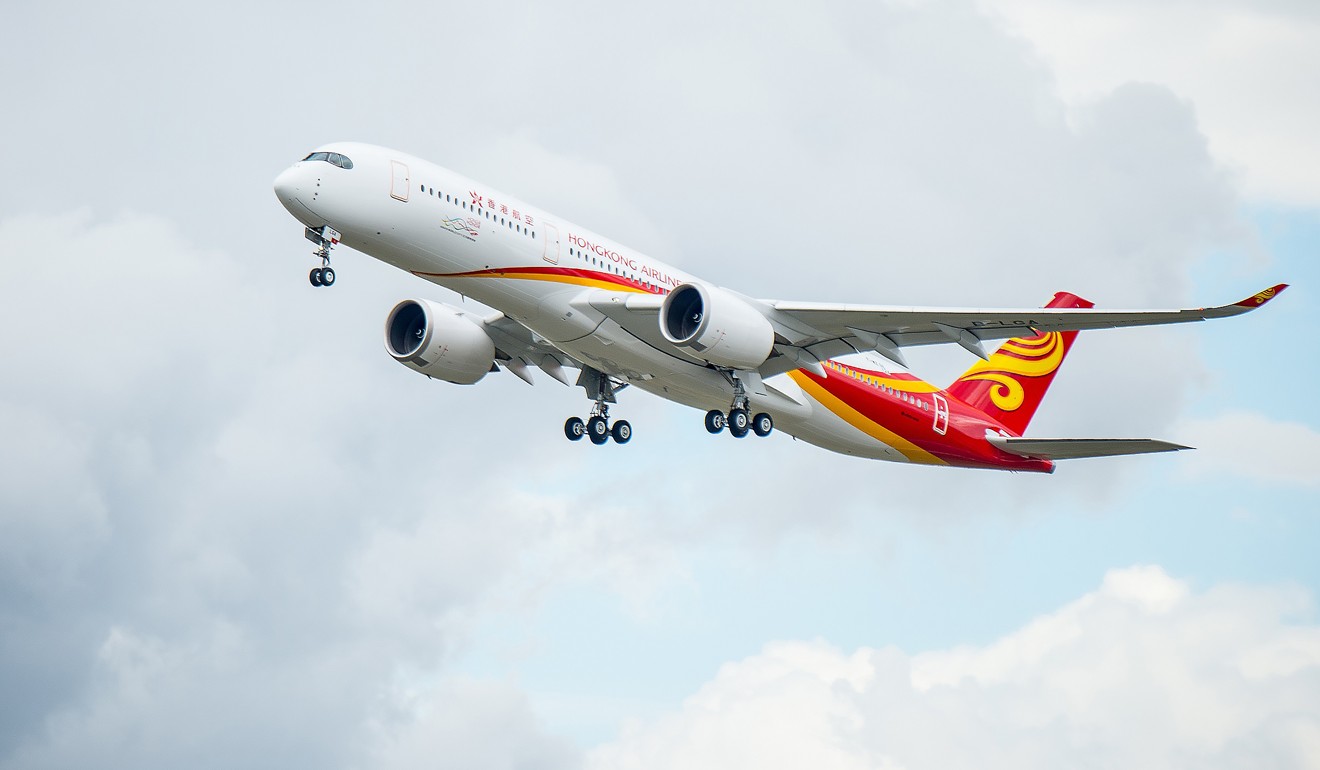
Exclusive | Embattled Hong Kong Airlines could be set to cut its fleet by more than a quarter to help resolve financial woes
- The troubled carrier may scale back its number of planes from 38 to 28, axe planned for its Airbus A330-200 models
- Hong Kong Airlines has been unable to take delivery of four new planes and is being sued by two aircraft-leasing companies
Hong Kong Airlines could slash the number of planes it flies by more than a quarter in a drastic bid to balance its books as it is badgered once again by the government over its finances and clouded by lawsuits over unpaid dues.
The cash-strapped company is studying plans to transfer some aircraft to its main shareholder HNA, return planes to aircraft-leasing companies or scrap planes outright, the Post understands.
It is close to deciding to chop the number of passenger jets from 38 to 28 as part of a massive restructuring effort, focused on removing the smaller variant of its largest jets, the Airbus A330-200.
A source familiar with the plans said the decision would mean “quite a big cut of the A330 fleet”.
Hong Kong Airlines did not deny a plan to shrink the number of planes it operates, saying in a statement: “We are working on consolidating and optimising our network and fleet.”
“Hong Kong Airlines aims to improve our structure to boost revenue, manage costs and achieve higher productivity,” a company spokeswoman added. She denied any changes would result in job losses.

The airline employs nearly 3,900 people, including 1,900 cabin crew and 631 pilots.
With growing doubts about Hong Kong Airlines’ financial health, it was reported earlier this week that Cathay Pacific Airways was interested in acquiring a minority stake in the company and its sister carrier HK Express. Cathay Pacific did not comment on the report.
On the speculation that the city’s biggest airline could make a move on its vulnerable, weaker rival, Hong Kong Airlines said: “We have and will remain open to discussions with strong strategic investors. Hong Kong Airlines is here to stay and committed to sustaining our long-term growth.”
Government presses Hong Kong Airlines to further clarify finances
Hong Kong Airlines currently cannot afford to pay to take delivery of three brand new A350-900 planes and one A330-300, worth about HK$9.5 billion, which remain in Airbus’ factory in Toulouse.
Ten of 11 A330-200 planes are set to be removed by the airline, the source said. The move would mean the airline would focus on using bigger planes, including the Airbus A330-300 and A350, which carry more passengers and cargo.
It was unclear what the final net reduction of planes would be, or the timetable for the exit.
But, given the widely publicised state of Hong Kong Airlines’ finances, it is unlikely to receive new aircraft to replace those the company plans to offload.

Dominic Lalk, Airfinance Journal’s Asia editor, said: “Hong Kong Airlines has made it clear in the past that its business relies on HNA and its associates. The troubles at the parent are severely impacting the airline. The airline is facing a cash crunch and is being questioned on several fronts.”
Regarding the recent lawsuit, he said aircraft-leasing companies were suing because they want to get paid.
Exodus of top brass from Hong Kong Airlines even bigger than first thought
“As to the report of three A350s and an A330-300 awaiting payment, I’m not sure if the airline has the financing in place to take these planes, but if they did I’d be surprised they’re being sued for late payments of much smaller amounts.”
Compounding the airline’s problem is the fact it is burning cash on three of its larger aeroplanes that are no longer flying.

The most recent lawsuit pitted Hong Kong Airlines against the world’s second-largest aircraft rental company, Ireland’s AerCap, which owns US aircraft lessor International Lease Finance Corporation (ILFC).
ILFC is suing the firm alongside the Irish unit of US trust provider Wilmington Trust, chasing down the HNA-backed airline for the rental of more than six aircraft. HNA Group has a 70 per cent stake in Avalon, a major rival to AerCap.
How Hong Kong Airlines became the world’s most punctual carrier
Aircraft lessors and managers AerCap, Dubai-based DAE Capital and Deucalion Aviation Funds all declined to comment on their aircraft leasing arrangements with Hong Kong Airlines.
Hong Kong Airlines owns 22 planes outright and has rented 16 planes from a variety of companies, including a total of four Airbus A350-900 planes from AerCap, according to FlightGlobal.
Last month, Bloomberg reported Emirates was offered a loan of pilots from Hong Kong Airlines. Such a move could affect about 60 cockpit crew jobs, according to the Post’s estimates.

Timeline
December 11 It is disclosed for the first time that Hong Kong Airlines vice-chairman Tang King-shing has abruptly resigned from company. The Post also reveals chief financial officer Jacky Lui Jaqui has left unexpectedly. Between July 20 and November 23, seven top level managers or company directors have left the airline.
December 21 Hong Kong’s Air Transport Licensing Authority says for the first time it is “following up” on the airline’s much publicised financial position over repaying a large loan.
December 31 “Hong Kong Airlines Consultation Service”, which shares the same business address as its namesake airline, is sued by HNA for HK$850 million. Airline denies any links.

January 5 Hong Kong Airlines threatens to sue anyone making “untrue and groundless speculations” that the company could go bankrupt.
January 9 The Post reports that the government is considering drawing up contingency measures in case the city’s third-biggest airline collapses during the Lunar New Year holiday.
January 14 Hong Kong’s airline licensing body, unsatisfied with initial explanations, issues a second public statement seeking follow-up questions and clarification over the company’s finances.
January 20 A deadline to repay a US$550 million (HK$4.3 billion) loan passes finally without incident. Hong Kong Airlines receives a loan to repay the loan from HNA’s biggest creditor China Development Bank.

January 31 Macau lender Luso International Banking sues the airline over failure to repay a HK$157 million loan.
February 13 Hong Kong Airlines axes long-haul flights to Auckland and withdraws from New Zealand, amid growing strain of competition and mounting financial pressure.
February 25 Aercap’s IFLC and Wilmington Trust sue Hong Kong Airlines for HK$150 million over the late payment of eight aircraft it is renting.
February 27 Hong Kong’s Air Licensing Transport Authority expresses “grave concerns” about the airline’s finances.

